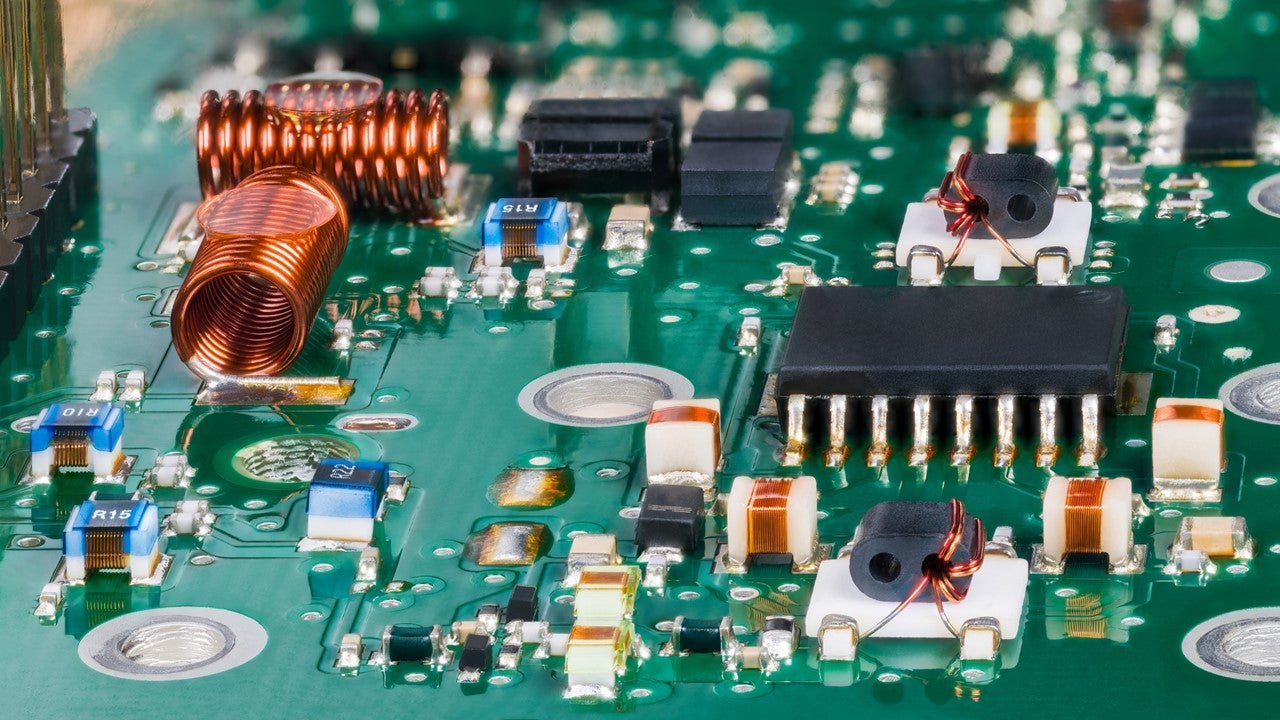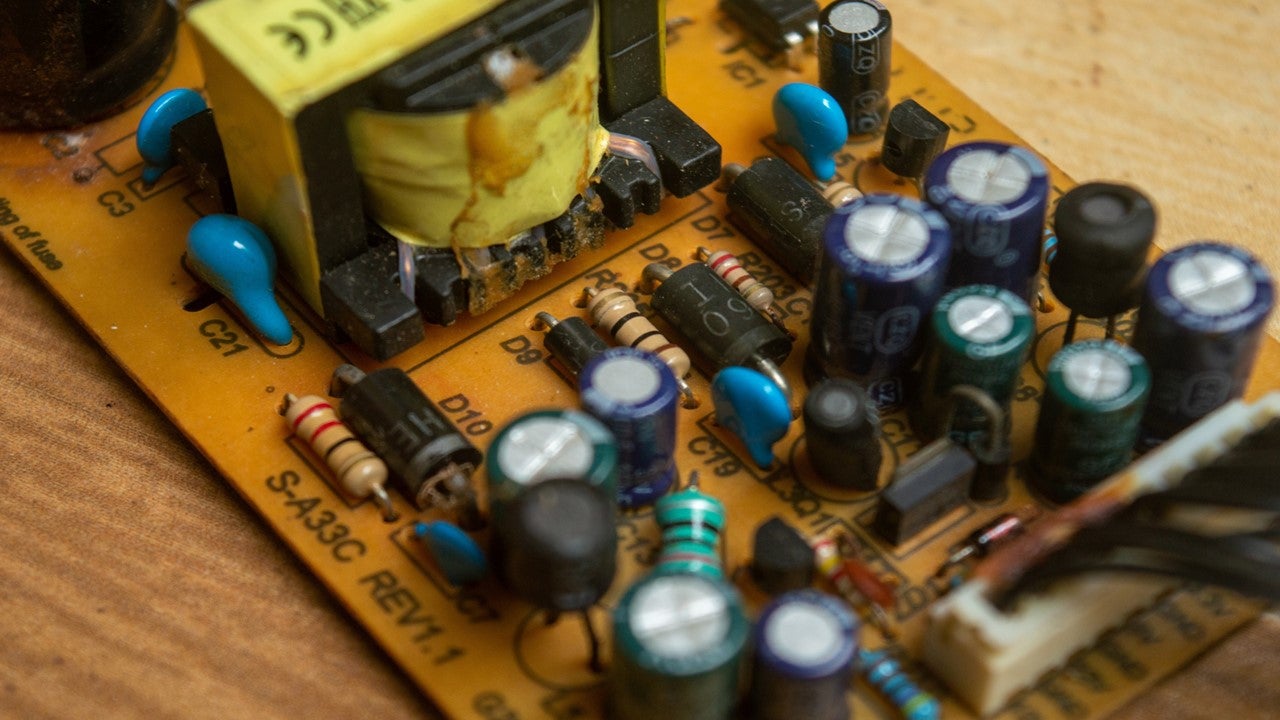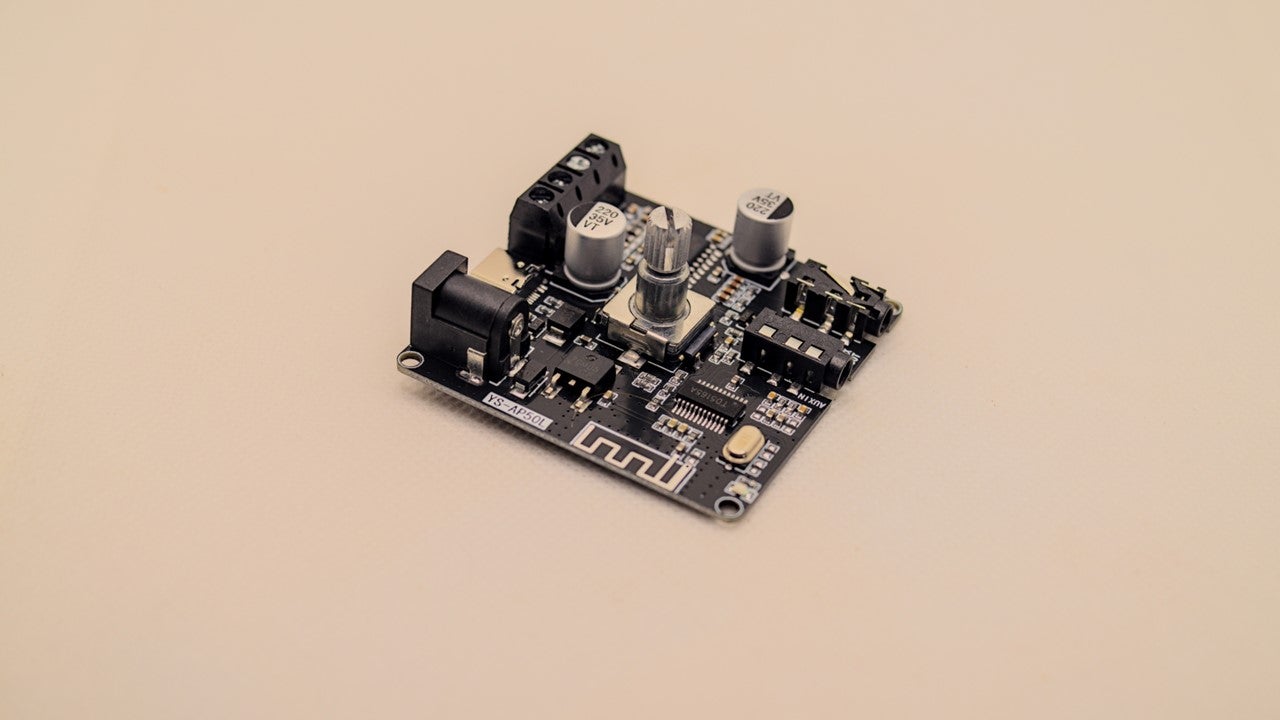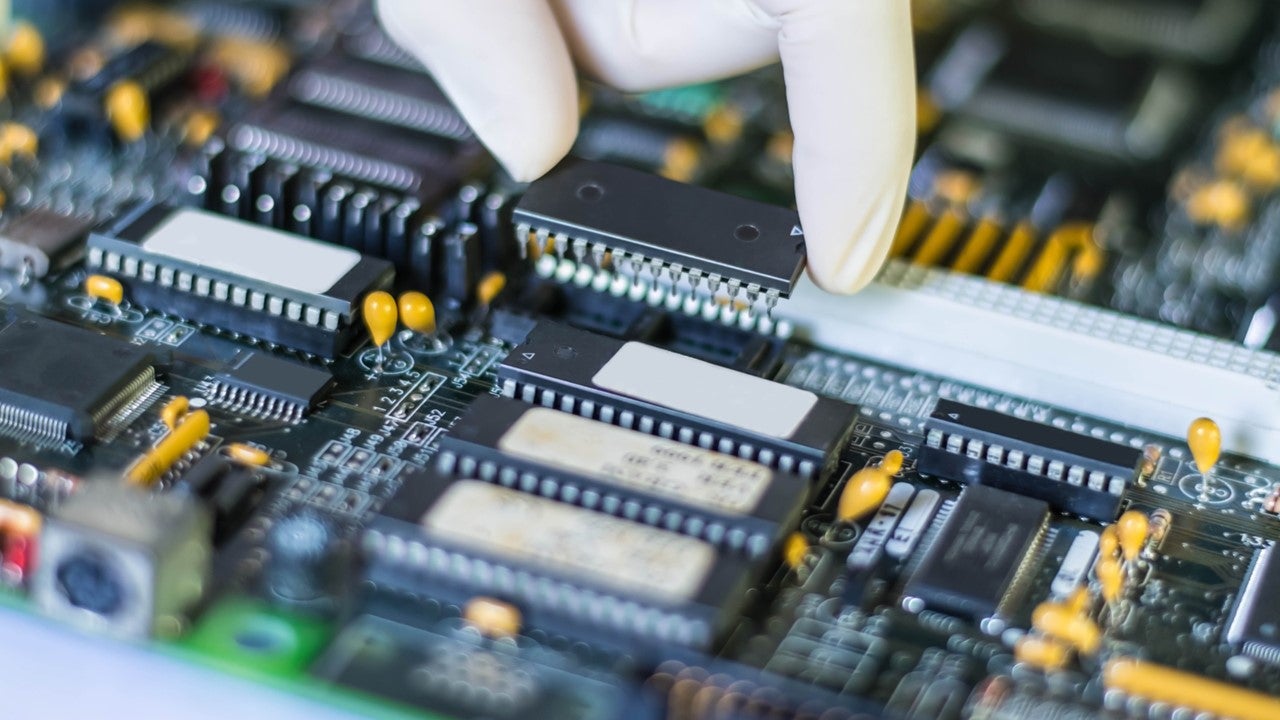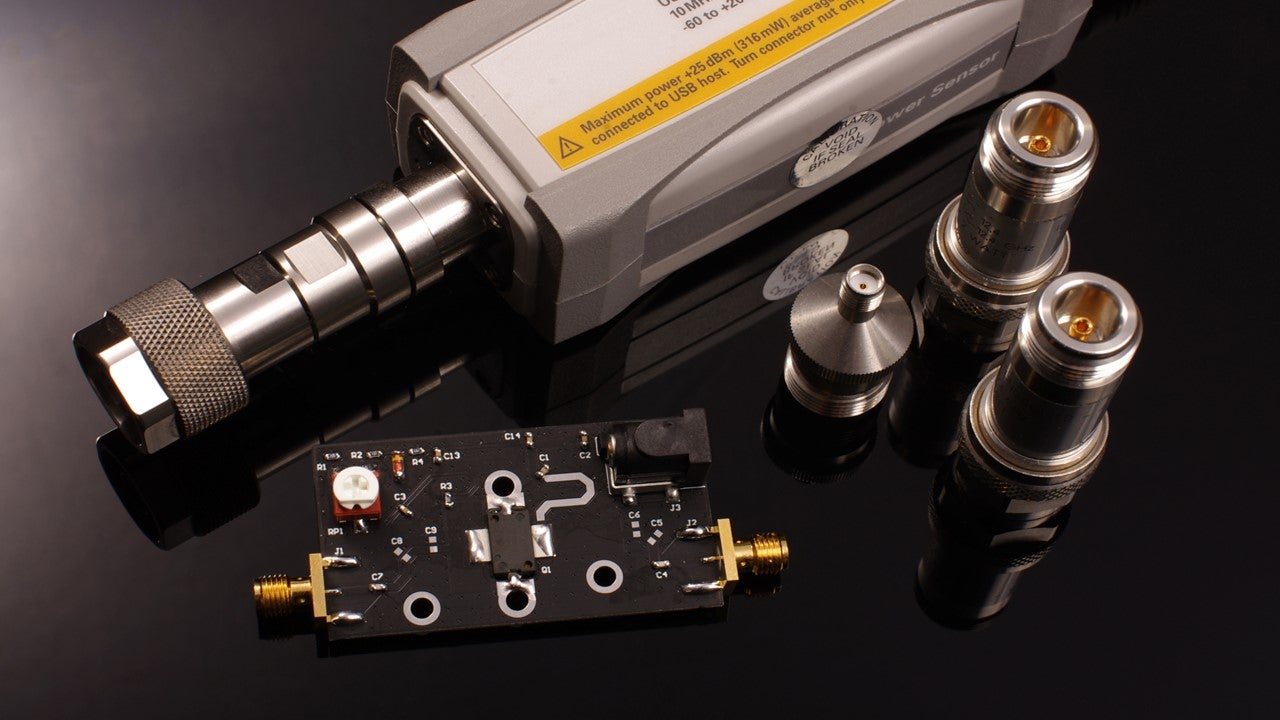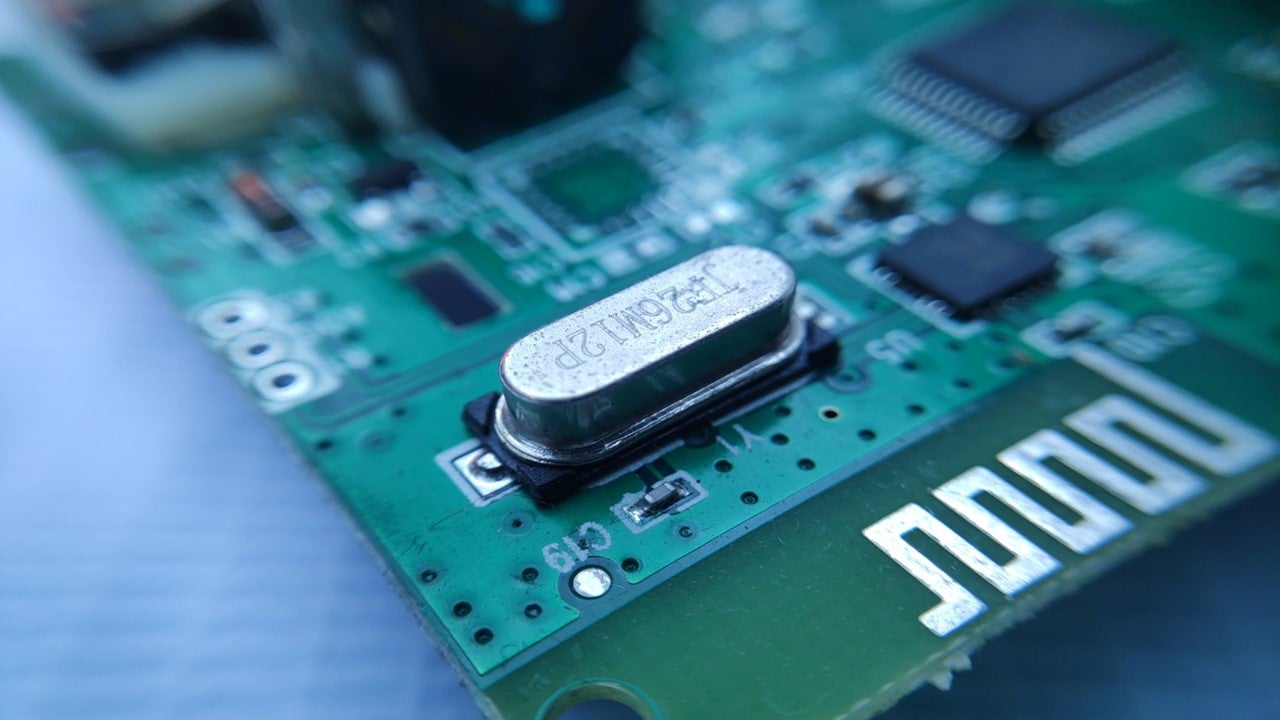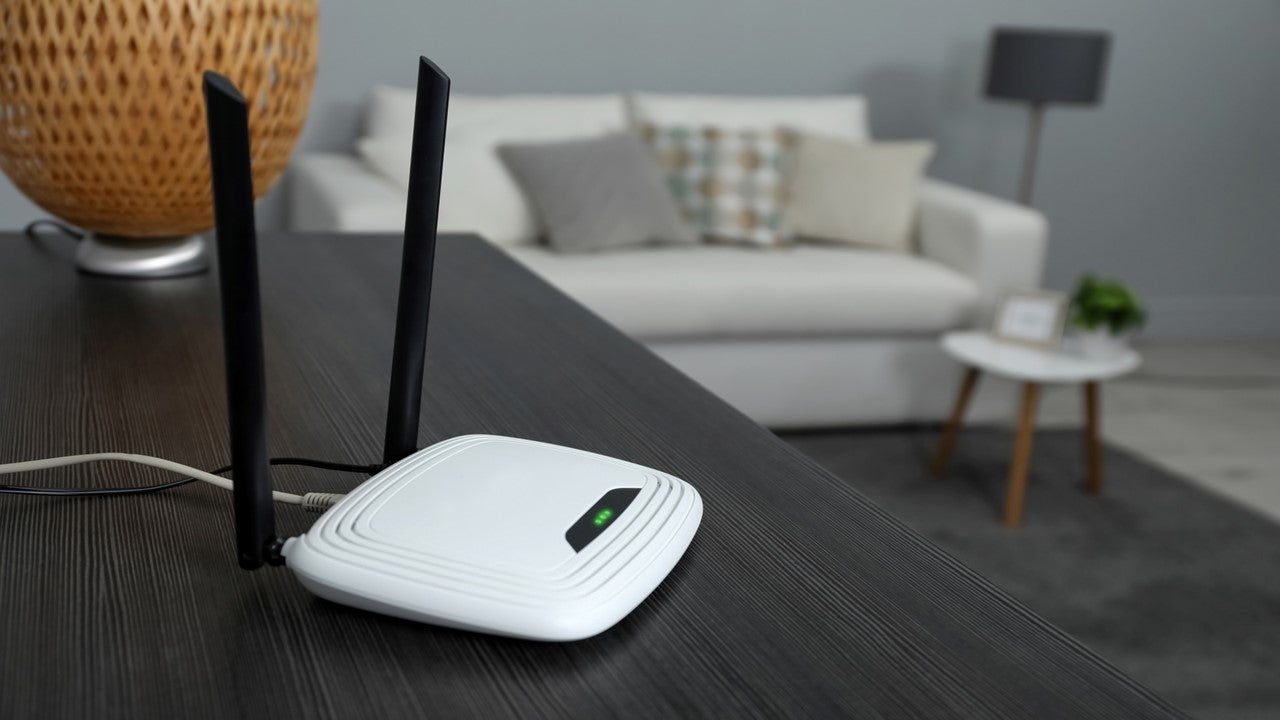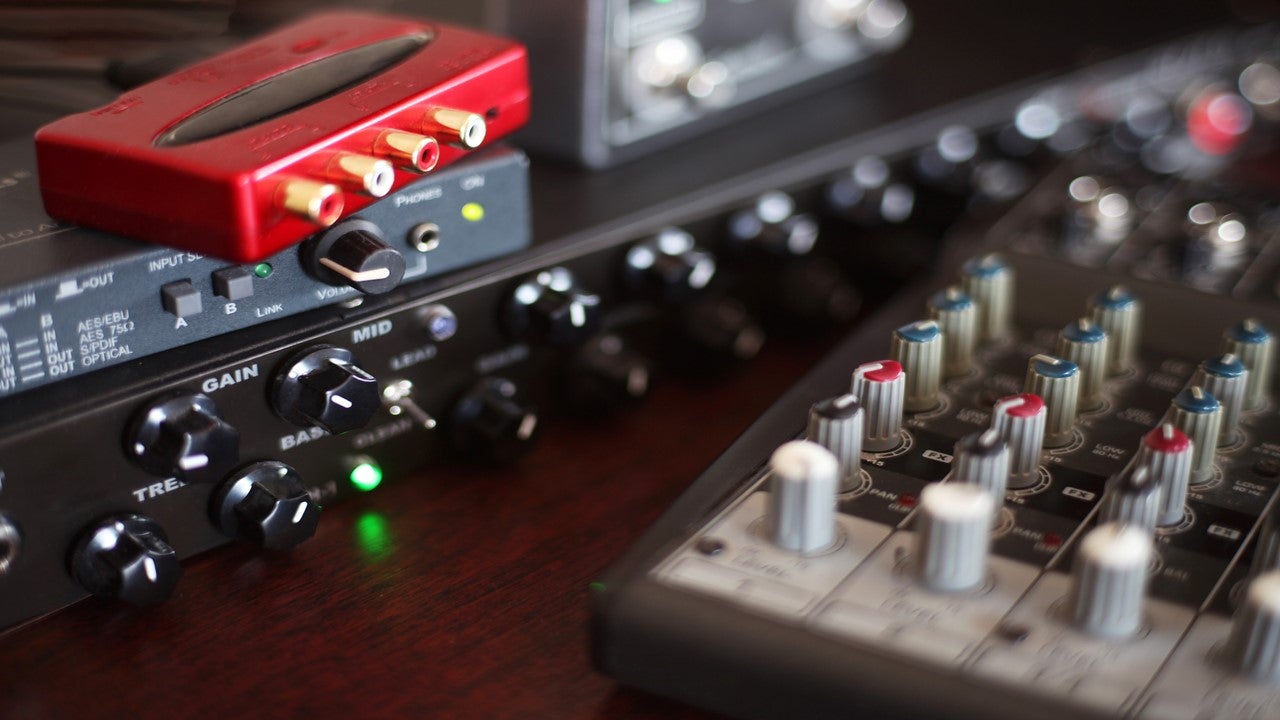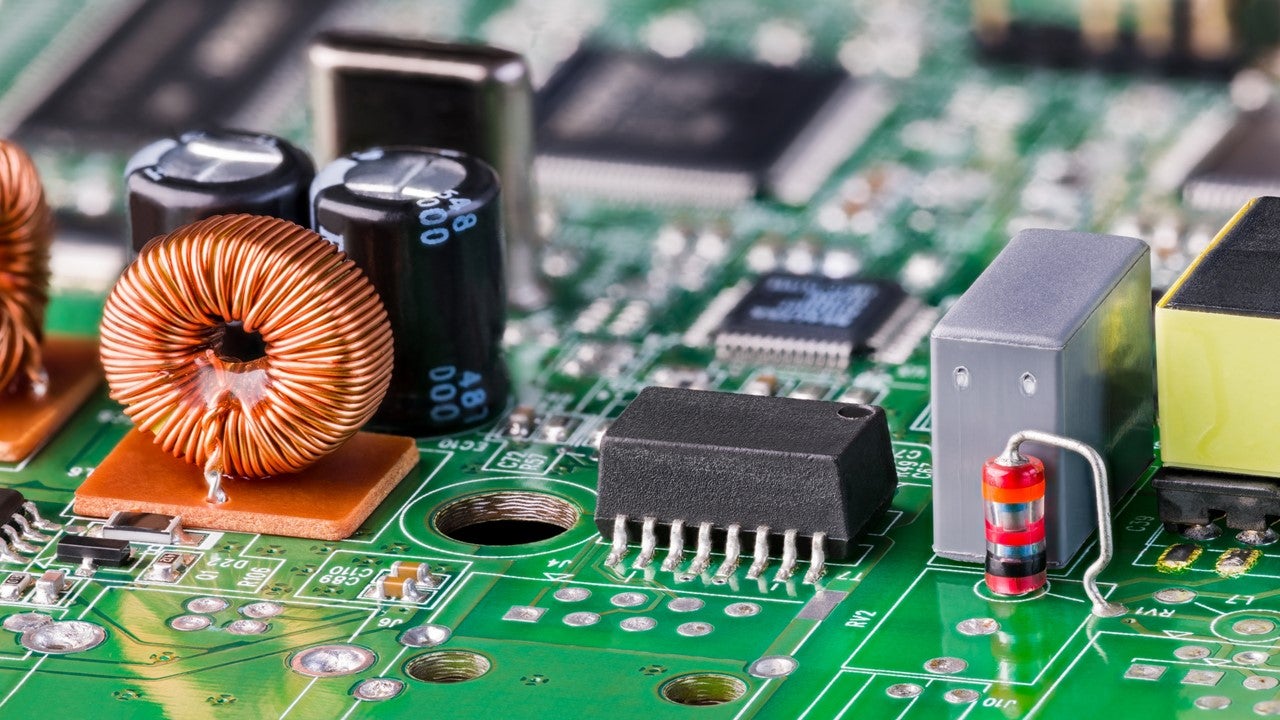
![]() This learning track covers a comprehensive understanding of CMOS RF integrated circuits, their components, and their application in cell phones and transmission media. It starts with the basics of CMOS RF integrated circuits, focusing on their role in cell phones, the importance of matching the load impedance with the characteristic impedance, and the maximum power transfer theorem. The track then delves into the study of Passive RLC networks, the concept of Quality Factor (Q), and the design of lossless networks. It further explores passive components such as resistors, capacitors, inductors, mutual inductances, transformers, and wires. The track also covers the fundamentals of MOSFETs, their structure, operation, and the small signal model. It then transitions into bandwidth estimation techniques, amplifier design, and the concept of noise in circuits. The track concludes with a detailed study of low noise amplifiers (LNA), mixers, oscillators, Phase Locked Loop (PLL), Frequency Synthesis, and power amplifiers. It also discusses the impact of frequency on stability and the importance of stability in amplifier design.
This learning track covers a comprehensive understanding of CMOS RF integrated circuits, their components, and their application in cell phones and transmission media. It starts with the basics of CMOS RF integrated circuits, focusing on their role in cell phones, the importance of matching the load impedance with the characteristic impedance, and the maximum power transfer theorem. The track then delves into the study of Passive RLC networks, the concept of Quality Factor (Q), and the design of lossless networks. It further explores passive components such as resistors, capacitors, inductors, mutual inductances, transformers, and wires. The track also covers the fundamentals of MOSFETs, their structure, operation, and the small signal model. It then transitions into bandwidth estimation techniques, amplifier design, and the concept of noise in circuits. The track concludes with a detailed study of low noise amplifiers (LNA), mixers, oscillators, Phase Locked Loop (PLL), Frequency Synthesis, and power amplifiers. It also discusses the impact of frequency on stability and the importance of stability in amplifier design.
